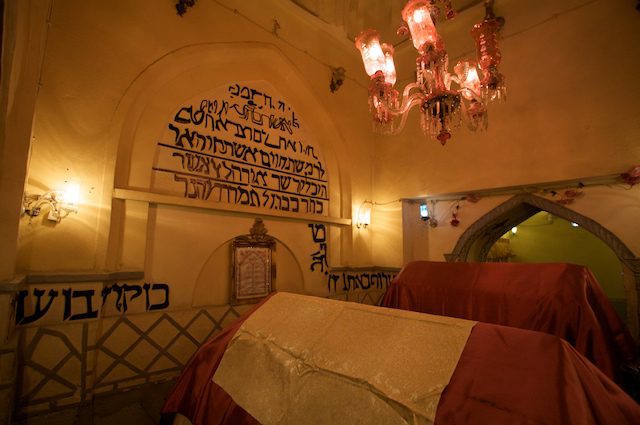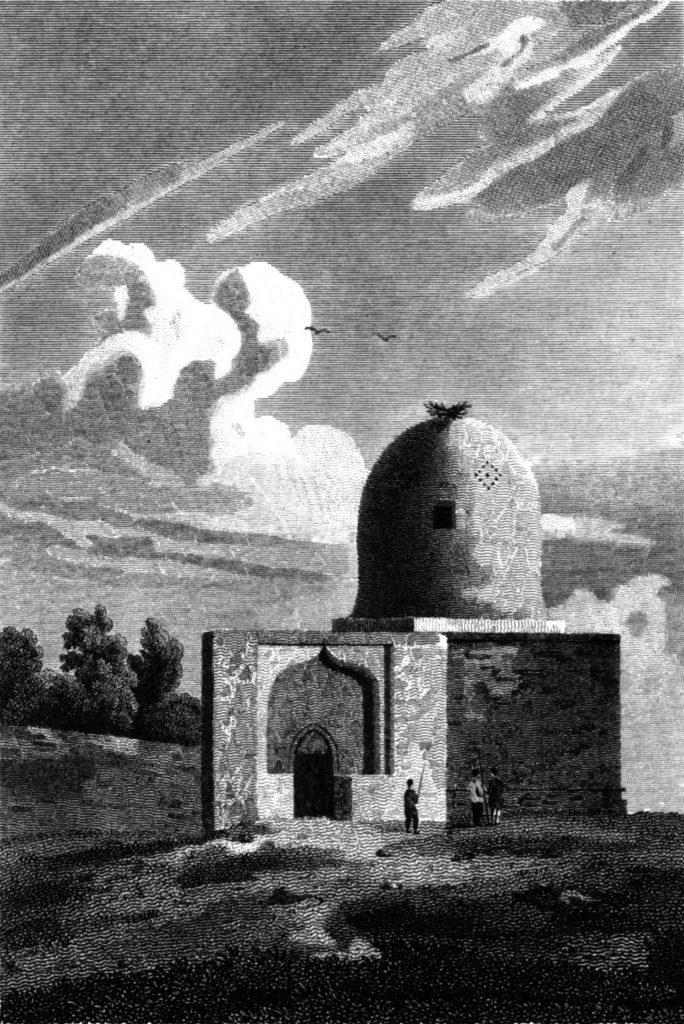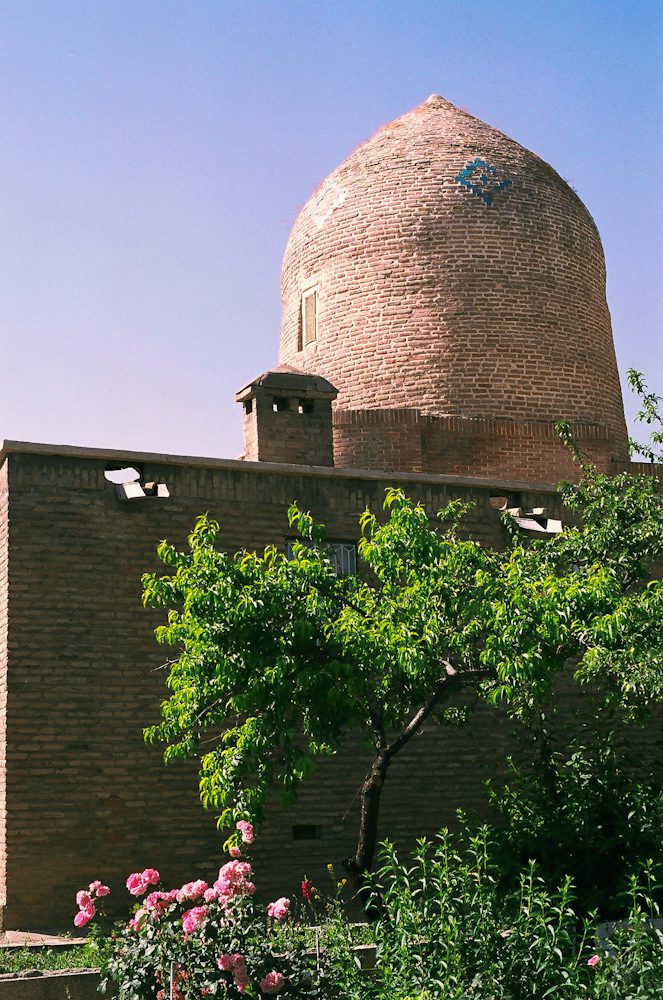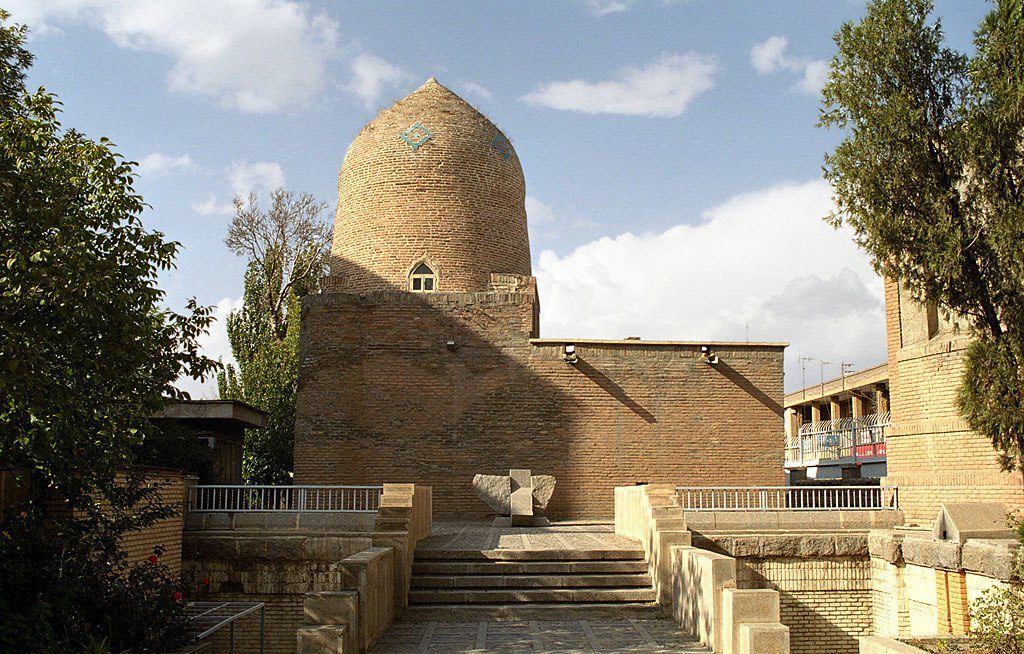Table of Contents
Nestled within the captivating Hamadan province, the Tomb of Esther and Mordechai stands as a testament to the rich heritage of the Jewish people. This sacred shrine, dating back to the 8th century, holds immense significance not only for the Jewish community but for all who seek to explore the tapestry of history. Its existence has become a cornerstone, drawing Jewish pilgrims and curious wanderers alike to the enchanting city of Hamadan.
Steeped in legend and lore, the story of Esther and Mordechai unfolds like a captivating tale of courage and diplomacy. Esther, a young and spirited Jewish woman, embarked on an extraordinary journey when she became the wife of Xerxes I, the revered fifth king of the Achaemenid dynasty. Alongside her, Mordechai, a wise and respected courtier, played a pivotal role in the Persian court. It was Esther’s unwavering determination and Mordechai’s astute counsel that swayed Xerxes I to grant the Jewish people a place of refuge within the vast expanse of the Iranian Empire.

As you step into the hallowed grounds of the Tomb of Esther and Mordechai, you can almost feel the echoes of the past reverberating through its ancient walls. The beauty of the shrine lies not only in its architectural grandeur but in the power of the narrative it encapsulates. This sacred site serves as a living connection to a time long gone, a testament to the enduring spirit of a people and the profound impact of their history.
Visiting the Tomb of Esther and Mordechai in Hamadan is more than a mere pilgrimage. It is an opportunity to immerse oneself in a tale of bravery, love, and cultural exchange. As you stand before this timeless monument, let your imagination soar and envision the vibrant tapestry of life that once unfolded within these walls. The legacy of Esther and Mordechai continues to inspire and captivate, reminding us of the enduring power of unity, diplomacy, and the pursuit of freedom.

Exploring the Mysterious Tomb of Esther and Mordechai
Step into a bygone era where devotion permeated the air and the walls whispered tales of reverence. The Esther and Mordechai Tomb, nestled in Iran, has been a sacred site for Jews, Muslims, and Christians for centuries. Detailed accounts from 19th-century Christian visitors, recently digitized, offer a rare glimpse into the shrine’s past and the observances held there.
Visitors marveled at a marble plaque dating back to 714 CE, dedicating the structure to “benevolent brothers Elias and Samuel, sons of Ismail Kachan.” Rooms adorned with multilingual pilgrim graffiti and dimmed by candle smoke painted a picture of devotion.

Hebrew-scripted notes, akin to the Western Wall tradition, were placed near the tombs, providing solace and connection for Iranian Jews unable to reach Jerusalem easily.
Join us as we embark on a journey to uncover the architectural marvels, captivating legends, and enduring allure of the Esther and Mordechai Tomb. Explore the profound impact it has held throughout history, serving as a spiritual sanctuary for countless faithful souls in Iran and beyond.
Tomb of Esther and Mordechai Hidden Beauty: A Remarkable Renovation
In the heart of Hamadan, the Esther and Mordechai Tomb was once shrouded in obscurity, nestled amidst a maze of houses. However, a transformative renovation in 1971 breathed new life into this sacred site. The Iranian Jewish Society commissioned architect Yassi Gabbay to unveil its hidden beauty.
Gabbay’s vision was realized through the acquisition and demolition of neighboring houses, creating a pathway that connected the shrine to the main street. A magnificent bridge, spanning a revitalized courtyard, led to a captivating partially-underground synagogue chapel. This architectural marvel features a skylight in the shape of a Star of David, making it the only Jewish star visible from space within the Islamic Republic of Iran.
Preserving the shrine’s essence, the imposing front door, carved from granite, stands as a humble threshold, inviting visitors to bow in reverence. Within the shrine’s inner sanctum, Hebrew inscriptions grace the walls, while two intricately carved sarcophagi mark the eternal resting places of Esther and Mordecai. This sacred space also safeguards a 300-year-old Torah scroll, bridging the present with the storied past.
The renovated Esther and Mordechai Tomb stands as a testament to the enduring power of faith, cultural harmony, and preservation. It beckons pilgrims and visitors on a profound journey, inviting them to witness the hidden beauty that now shines brightly for all to behold.Top of Form
FAQs about Tomb of Esther and Mordechai
Q1: What is the historical significance of the Tomb of Esther and Mordechai?
A1: The Tomb of Esther and Mordechai holds immense historical significance as it dates back to the 8th century and serves as a testament to the rich heritage of the Jewish people. It symbolizes the granting of a place of refuge for the Jewish community within the Iranian Empire by Xerxes I, the fifth king of the Achaemenid dynasty.
Q2: What can visitors expect to see at the Tomb of Esther and Mordechai?
A2: Visitors to the Tomb of Esther and Mordechai can expect to see a sacred shrine with ancient walls that reverberate with echoes of the past. The architectural grandeur of the shrine, along with its inner sanctum, showcases Hebrew inscriptions, intricately carved sarcophagi of Esther and Mordecai, and a preserved 300-year-old Torah scroll.
Q3: How was the Esther and Mordechai Tomb renovated?
A3: In 1971, a transformative renovation took place at the Esther and Mordechai Tomb. Architect Yassi Gabbay led the renovation project, which involved acquiring and demolishing neighboring houses to create a pathway connecting the shrine to the main street. The renovation also included the construction of a captivating partially-underground synagogue chapel with a skylight in the shape of a Star of David.
Q4: What is the significance of the Esther and Mordechai Tomb to the Jewish and Persian communities?
A4: The Esther and Mordechai Tomb holds great significance for both the Jewish and Persian communities. It serves as a symbol of cultural harmony and coexistence throughout history, showcasing the mutual respect and connection between these two communities. The tomb is a spiritual sanctuary that has been revered by Jews, Muslims, and Christians for centuries.
Q5: How can travelers make the most of their visit to the Tomb of Esther and Mordechai?
A5: To ensure an unforgettable experience at the Tomb of Esther and Mordechai, it is recommended for travelers to opt for a customized tour in Iran. Companies like ToIranTour specialize in providing personalized Iran tours and travel packages, tailoring the itinerary according to individual preferences, interests, and available time. With their expertise, travelers can fully immerse themselves in the historical and cultural significance of the tomb, as well as other remarkable destinations in Iran.
Experience the Best of Tomb of Esther and Mordechai in Hamadan with a Customized Tour in Iran
If you’re planning to visit Iran and explore its rich cultural heritage, one of the must-visit destinations is the Tomb of Esther and Mordechai in Hamadan. This historical site holds great significance for both the Jewish and Persian communities and is a testament to the coexistence of different cultures throughout history.
To truly make the most of your trip and ensure an unforgettable experience at the Tomb of Esther and Mordechai, it is recommended to travel to Iran in a customized and tailored tour. By opting for a customized tour, you have the opportunity to design your itinerary according to your preferences, interests, and available time.
That’s where ToIranTour comes in. We specialize in providing customized tours and creating personalized Iran tours and travel packages that cater to the unique needs and desires of each traveler. We understand that every individual has different interests, priorities, and travel styles, and our goal is to design a plan that suits you perfectly.
Our team of experienced travel professionals has an in-depth knowledge of Iran’s attractions, including the Tomb of Esther and Mordechai, and can guide you through the best routes, historical information, and local insights. We work closely with you to understand your preferences, whether you’re interested in history, architecture, culinary experiences, nature exploration, or any other aspect of Iran’s rich cultural tapestry.
With ToIranTour, you can rest assured that your trip to the Tomb of Esther and Mordechai in Hamadan will be meticulously planned and flawlessly executed. We take care of all the logistical details, including accommodations, transportation, and guided tours, so you can focus on immersing yourself in the beauty and significance of this historical site.
Our commitment is to provide you with a seamless and memorable travel experience in Iran. Whether you’re a solo traveler, a couple, or a group of friends or family, we are here to help you have a great experience and discover the wonders of Iran in a way that resonates with you.
Embark on an extraordinary journey to the Tomb of Esther and Mordechai and other remarkable destinations in Iran with ToIranTour. Let us create a customized tour that brings your travel dreams to life and ensures that you have an enriching and fulfilling adventure in this captivating country.
Contact us today to start planning your personalized Iran tour and uncover the treasures that await you at the Tomb of Esther and Mordechai in Hamadan.
